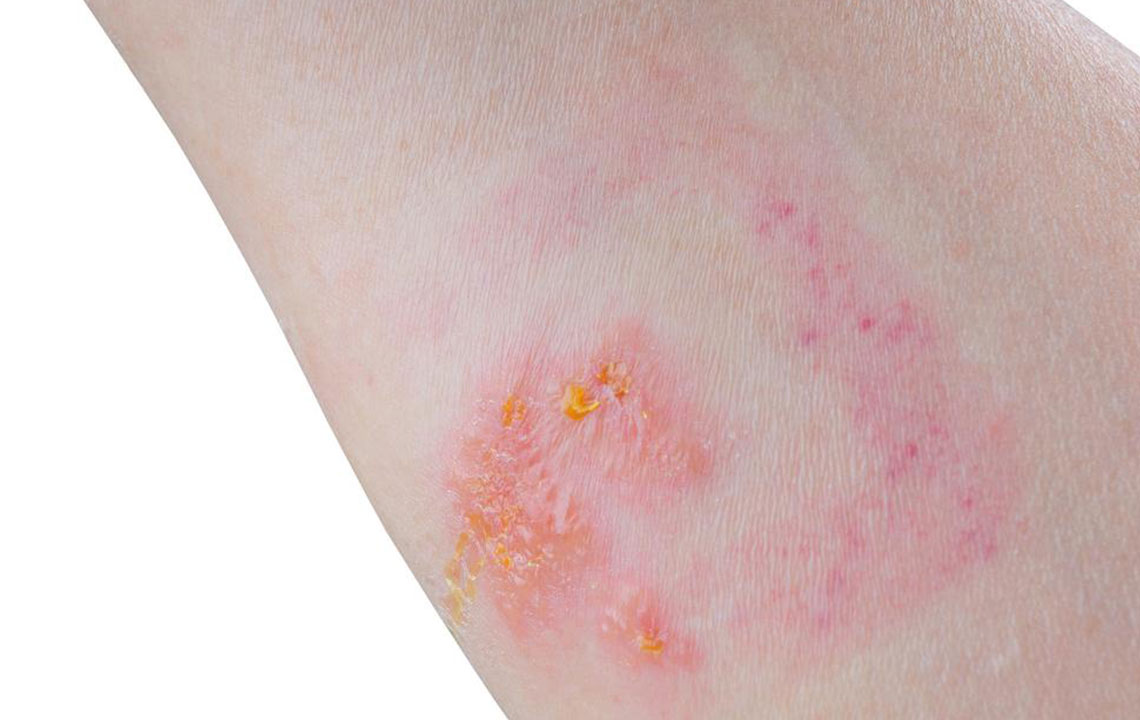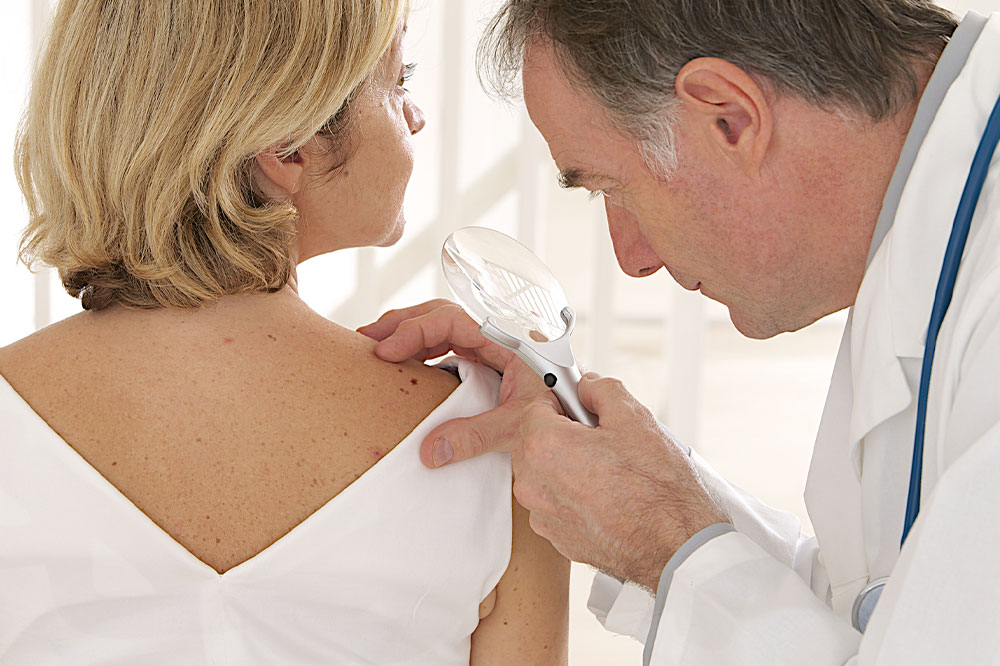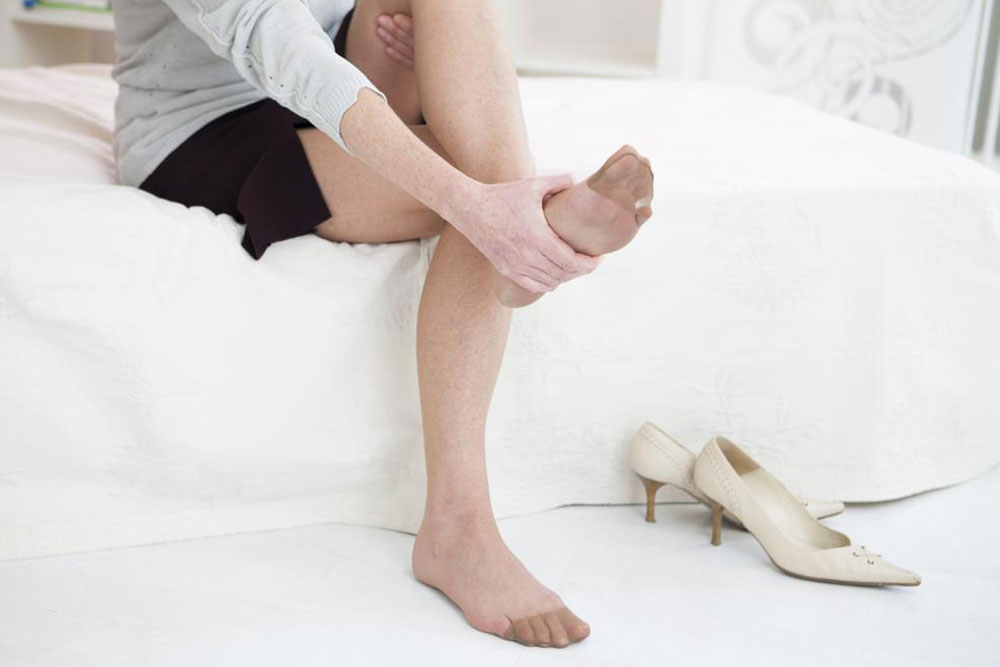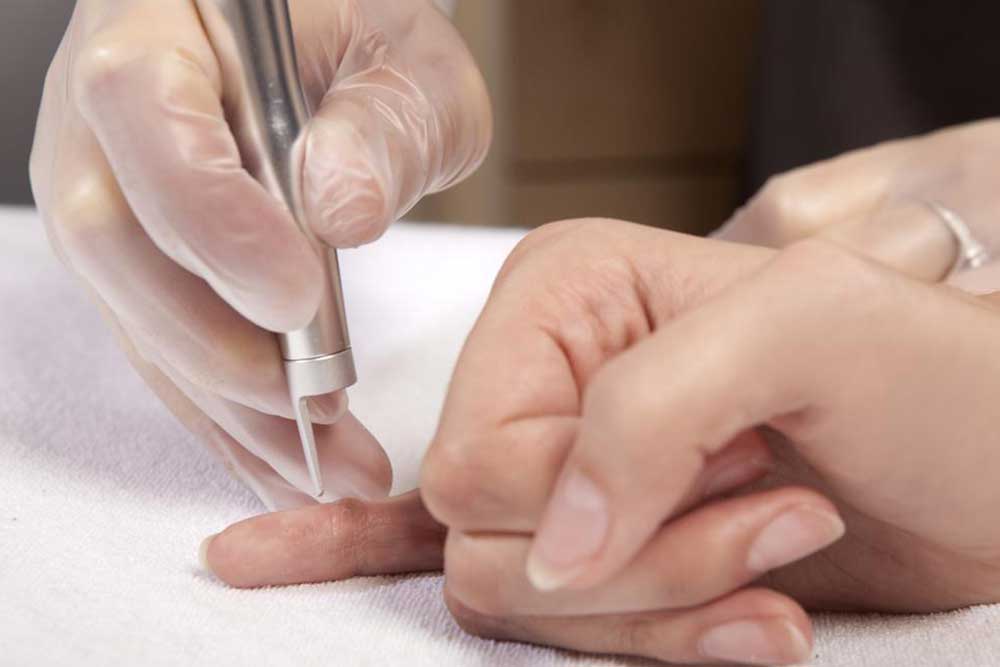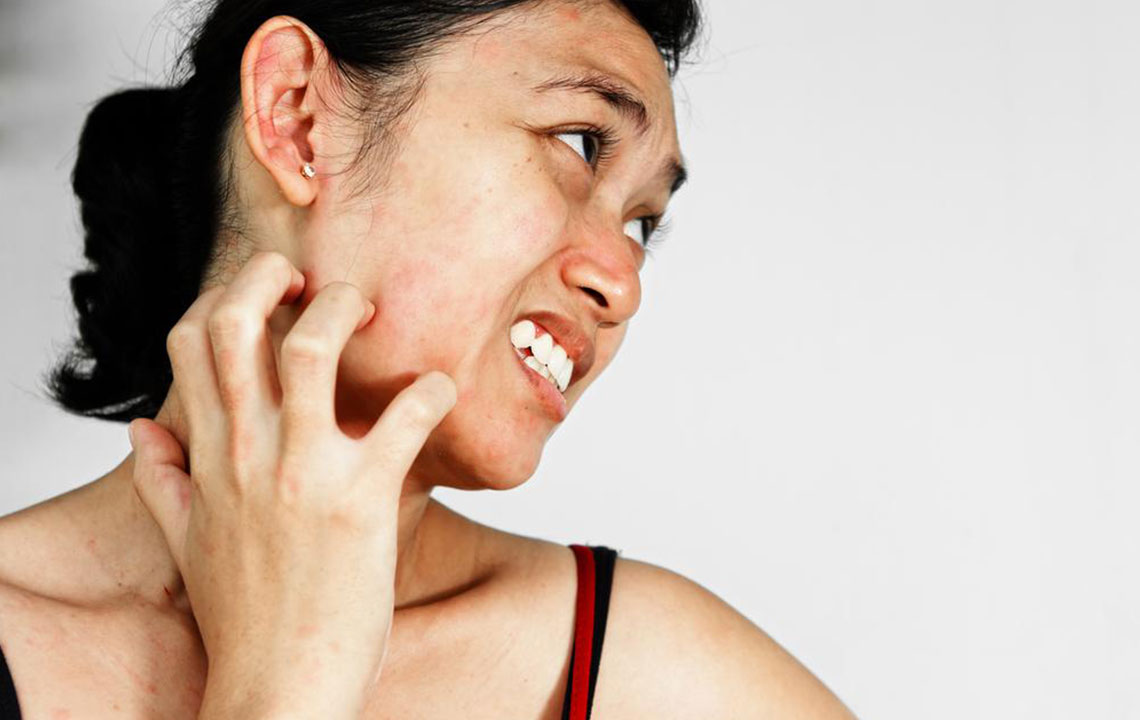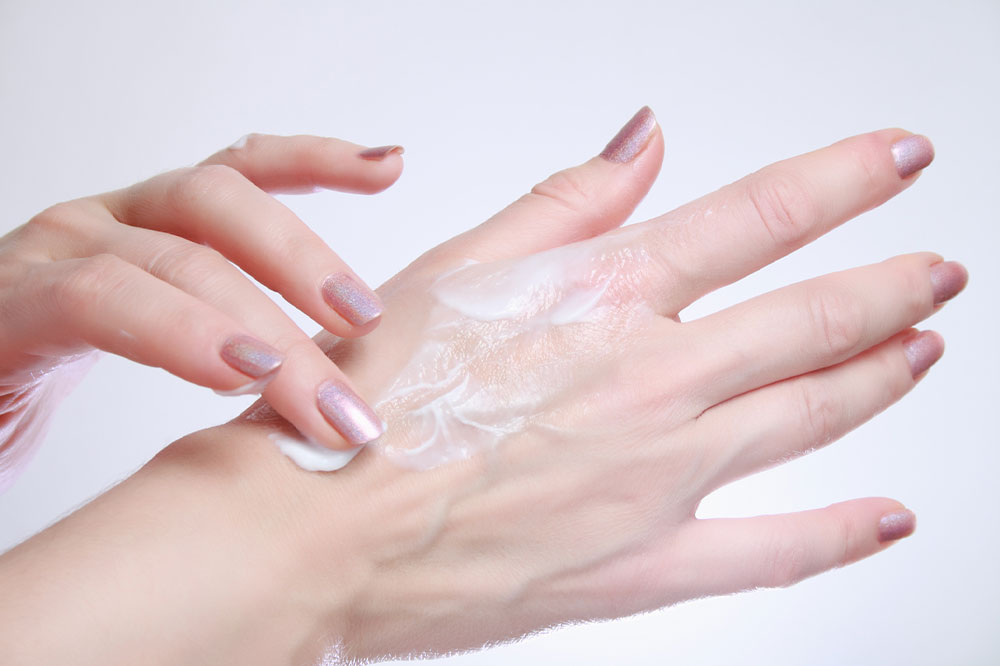Comprehensive Guide to Effective Treatments for Seborrheic Keratosis
This comprehensive guide explores the causes, symptoms, and effective treatment options for seborrheic keratosis, a common benign skin growth. From cryotherapy to laser ablation, learn how dermatologists can safely and effectively remove these lesions to improve appearance and comfort. The article emphasizes personalized treatment approaches, safety precautions, and post-treatment care, helping patients understand their options and make informed decisions for skin health and aesthetics. Protect your skin while effectively managing seborrheic keratosis with expert advice and advanced medical techniques.
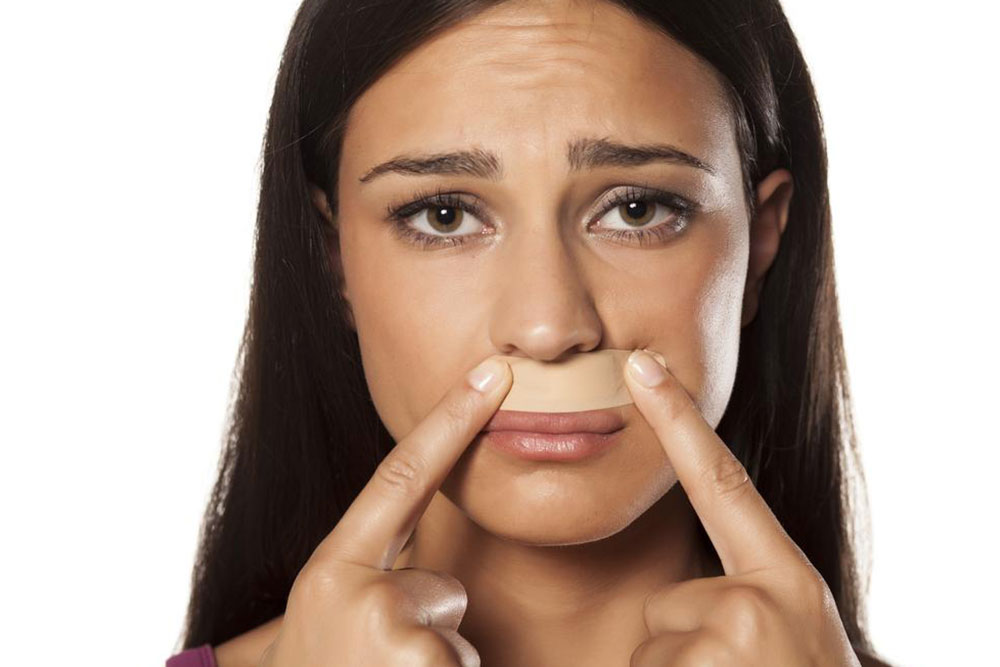
Comprehensive Guide to Effective Treatments for Seborrheic Keratosis
Seborrheic keratosis is a common benign skin condition that frequently concerns many individuals due to its appearance and similarity to skin cancer. Also known by names such as seborrheic warts or basal cell papillomas, these skin growths are non-cancerous but can significantly affect one’s appearance and self-esteem. Understanding the nature of seborrheic keratosis, its symptoms, and available treatment options is essential for effective management and cosmetic improvement.
This skin condition predominantly occurs in adults, especially those over the age of 40, although it can sometimes appear in younger individuals. The lesions may show up singly or in clusters and are commonly found on areas such as the face, chest, back, shoulders, or limbs. They typically manifest as slightly raised patches with a waxy or verrucous texture, varying in color from light tan or beige to dark brown or black, which can sometimes cause confusion with malignant skin tumors.
Since these growths are non-infectious and benign, many individuals choose to leave them untreated if they are not causing any discomfort or cosmetic concerns. However, some may opt for removal due to irritation, bleeding, or aesthetic reasons. The choice of treatment depends on various factors such as the size, location, number of lesions, and patient preference. Several methods are available, ranging from natural remedies to advanced medical procedures, ensuring tailored options for every case.
When it comes to medical interventions for significant or symptomatic seborrheic keratosis, dermatologists offer an array of safe and effective techniques to eliminate these benign growths:
Cryotherapy: This popular treatment involves applying liquid nitrogen directly to the lesion, causing it to freeze and eventually fall off. The procedure is quick, usually performed in a clinical setting, and often results in minimal discomfort. After treatment, a blister may form, which crusts over and heals within days. Cryotherapy is especially effective for small to medium-sized growths and is widely preferred for its simplicity and effectiveness.
Electrosurgical Cauterization: Using controlled electric currents, this method burns away the growth tissue after administering local anesthesia. It provides precise removal and is suitable for larger or stubborn lesions. Post-procedure, minimal scarring is expected, and recovery time is generally short. This technique is highly effective and is often combined with curettage for thorough removal.
Curettage: In this surgical technique, a curette—a specialized sharp, spoon-shaped instrument—is used to scrape off the lesion. Often, curettage is combined with cauterization to eliminate residual tissue and reduce bleeding. It is particularly useful for lesions that are raised and easy to access. The procedure is straightforward, quick, and effective, making it a common choice for dermatologists.
Laser Ablation: An advanced and precise treatment option, laser ablation uses concentrated laser beams to vaporize the growth tissue. It is especially suitable for persistent or recurrent lesions and offers a high degree of precision with minimal damage to surrounding skin. Laser treatments tend to be more costly but are favored for their cosmetic outcomes, leaving minimal scars and irritation.
Medical professionals typically recommend these treatments when seborrheic keratosis causes discomfort, irritation, bleeding, or significant cosmetic concern. While the removal procedures are generally safe, minor side effects like redness, swelling, or changes in skin pigmentation can occur temporarily. It is essential to seek expert advice to determine the most suitable treatment option based on individual skin type, lesion characteristics, and overall health.
Post-treatment skin may appear lighter or temporarily different in texture. Additionally, in some cases, new growths might develop nearby, as seborrheic keratosis can be multifocal. Regular skin examinations by dermatologists help monitor and manage any new or recurring lesions effectively. Moreover, practicing good skin hygiene and protecting the skin from excessive sun exposure can help prevent the development of new growths.
It is important to note that while seborrheic keratosis is benign, persistent or atypical lesions should always be evaluated by a healthcare professional to rule out more serious conditions. Early diagnosis and treatment ensure better outcomes and peace of mind for affected individuals.
In conclusion, understanding the various treatment options for seborrheic keratosis empowers patients to make informed choices. Whether opting for natural remedies or professional procedures like cryotherapy, electrosurgical cauterization, curettage, or laser ablation, effective management is achievable with proper medical guidance. Always consult with a dermatologist to determine the best approach tailored to your skin type and lesion specifics for optimal results and minimal discomfort.
